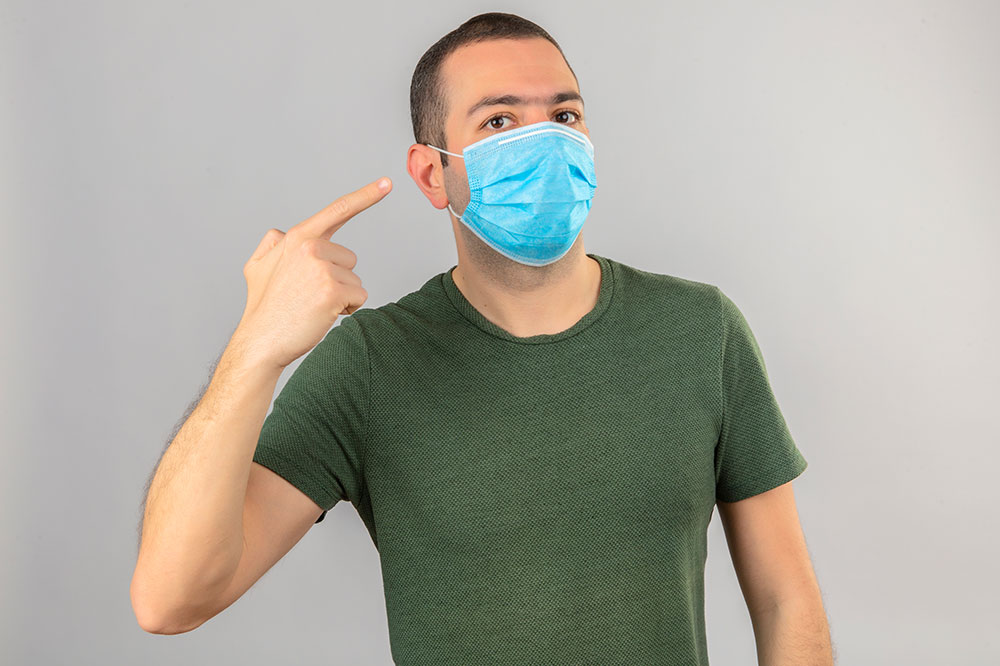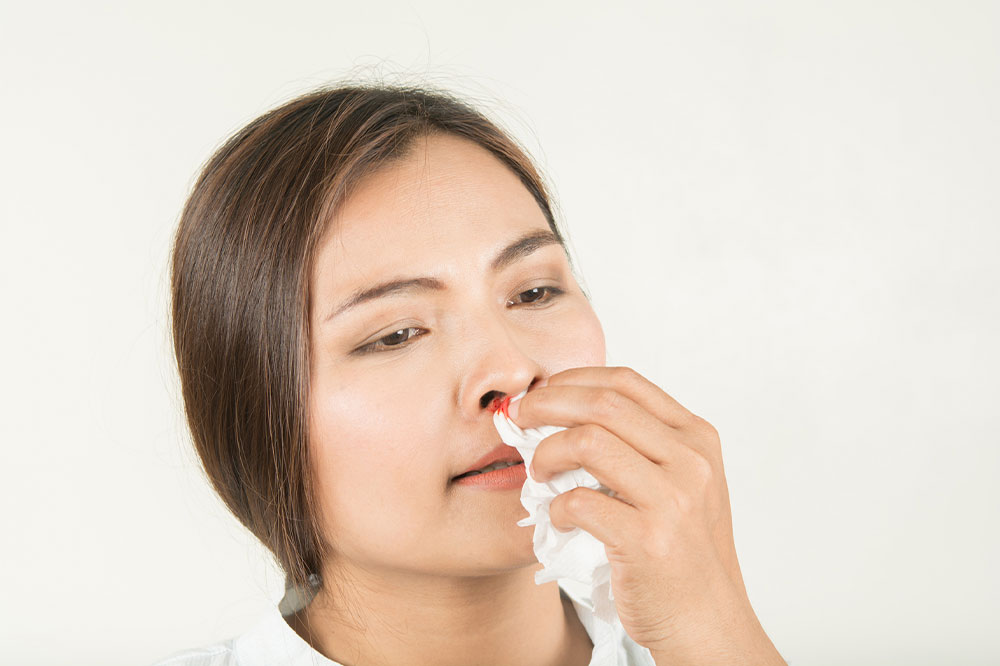Essential DIY Tips for Making Effective Face Masks
Learn vital DIY face mask creation tips to ensure effective protection against airborne pollutants and pathogens. Focus on fabric choice, layering, and fit for maximum safety. Ideal for home use during health crises, these guidelines help you craft masks that are both comfortable and protective, safeguarding you and your loved ones efficiently.
Sponsored

With the rise in demand for protective face coverings, creating your own mask at home is a practical solution. Homemade masks can provide a barrier against airborne pollutants and infectious agents, provided they are made correctly. Here are key tips to ensure your DIY face mask offers maximum protection.
Choosing the Right Fabric
Opt for tightly woven, breathable fabrics like nylon, polyester, or a spandex-cotton blend. Thicker, denser materials are more effective at blocking virus-sized particles and pollutants. The layer closest to your face should be made of a snug, breathable fabric to prevent moisture buildup and ensure comfort.
Adding multiple fabric layers significantly improves filtration. For enhanced protection, consider inserting an additional filter layer, like a coffee filter, inside your mask. Many commercial masks feature a pocket for filters, which can be replicated at home by leaving a section unsewn to insert replaceable filters that should be changed regularly.
Proper fit is crucial. The mask should cover both nose and mouth completely, extending at least an inch beyond the edges. Use stretchable fabrics to ensure a snug fit beneath the chin and over the nose. Attaching a flexible metal or plastic strip along the bridge of the nose allows for a customized fit, reducing gaps causing air leakage. Always consult health professionals to validate your DIY mask's safety and effectiveness.






